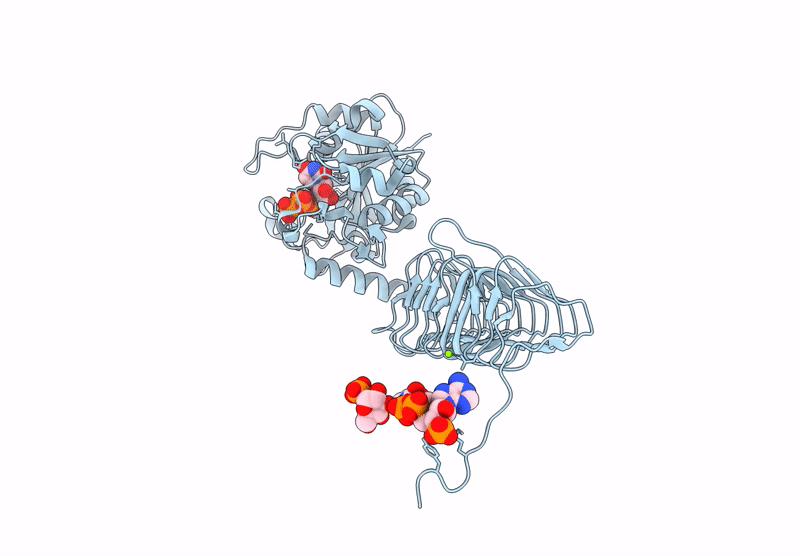
Deposition Date
2024-09-25
Release Date
2025-05-14
Last Version Date
2025-05-14
Entry Detail
PDB ID:
9DR4
Keywords:
Title:
Crystal structure of bifunctional GlmU from Staphylococcus aureus NCTC 8325 complexed with UTP, CoA and Glc 1-P
Biological Source:
Source Organism:
Staphylococcus aureus subsp. aureus NCTC 8325 (Taxon ID: 93061)
Host Organism:
Method Details:
Experimental Method:
Resolution:
1.85 Å
R-Value Free:
0.21
R-Value Work:
0.17
R-Value Observed:
0.17
Space Group:
H 3 2


